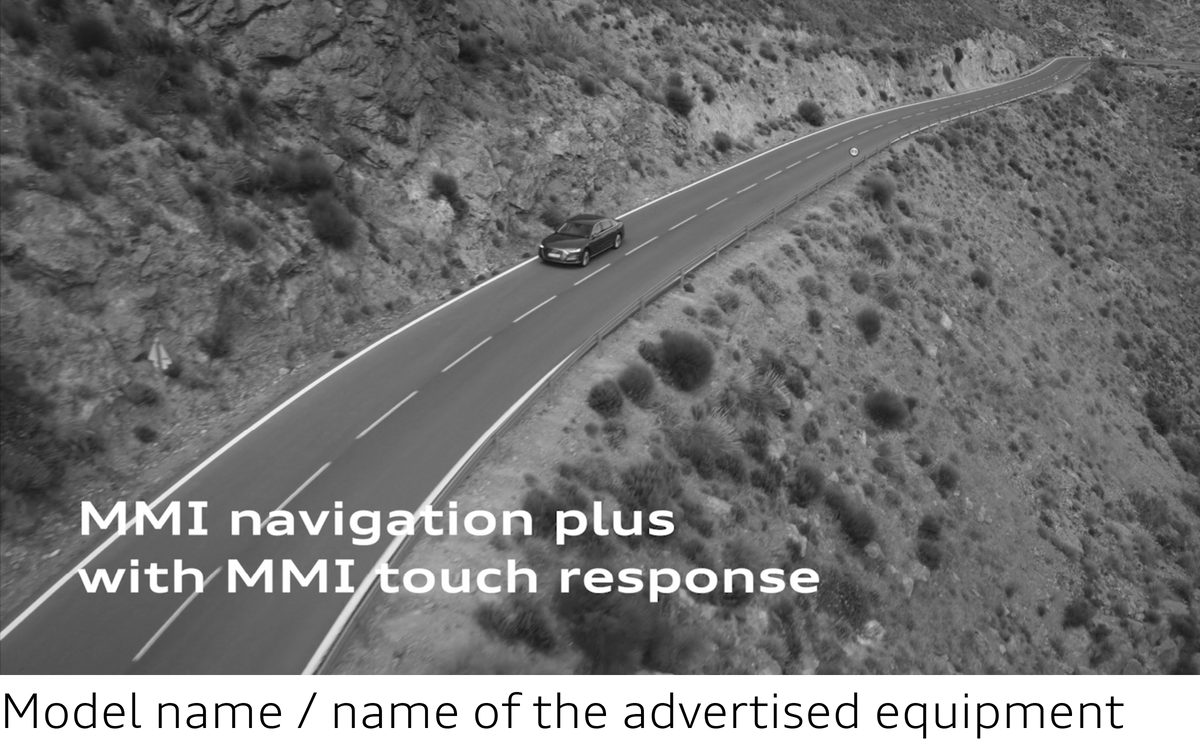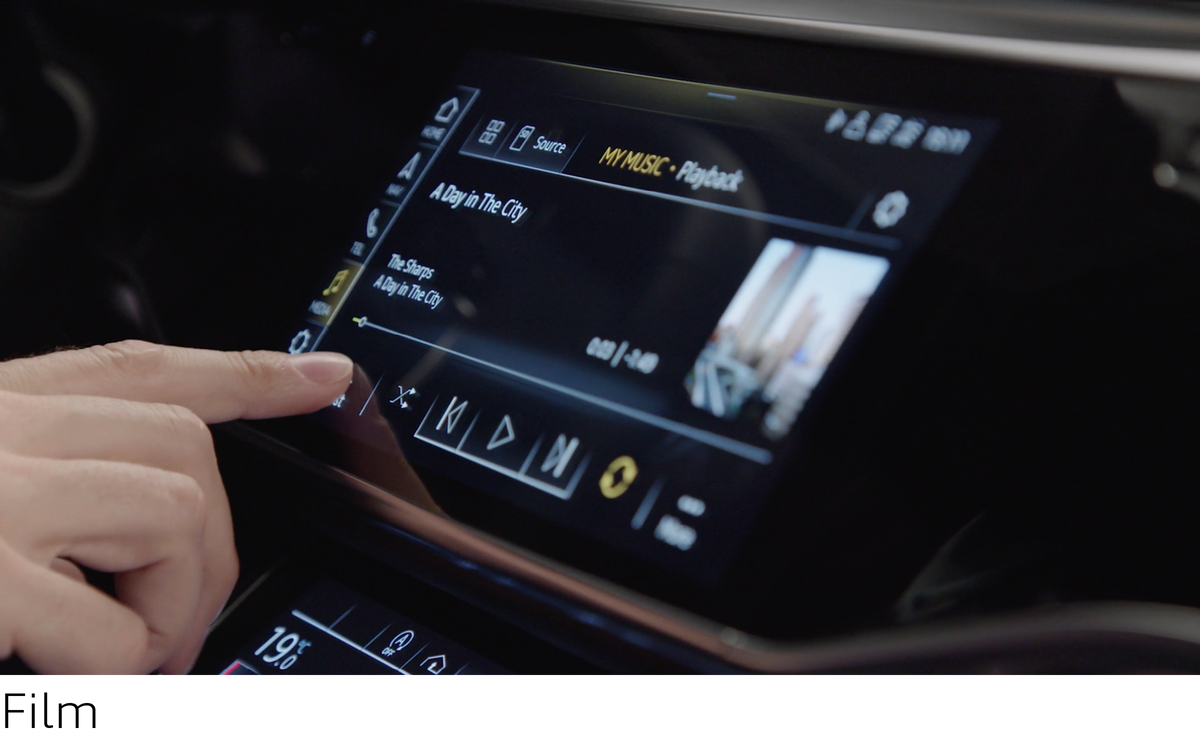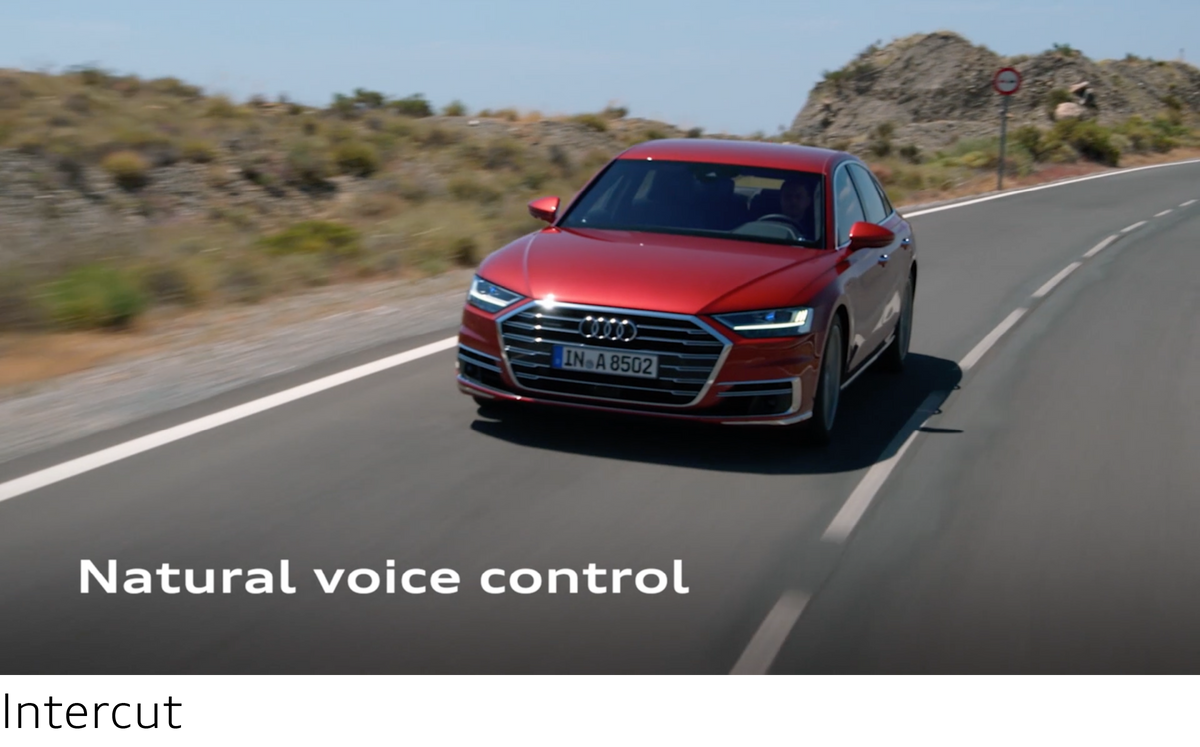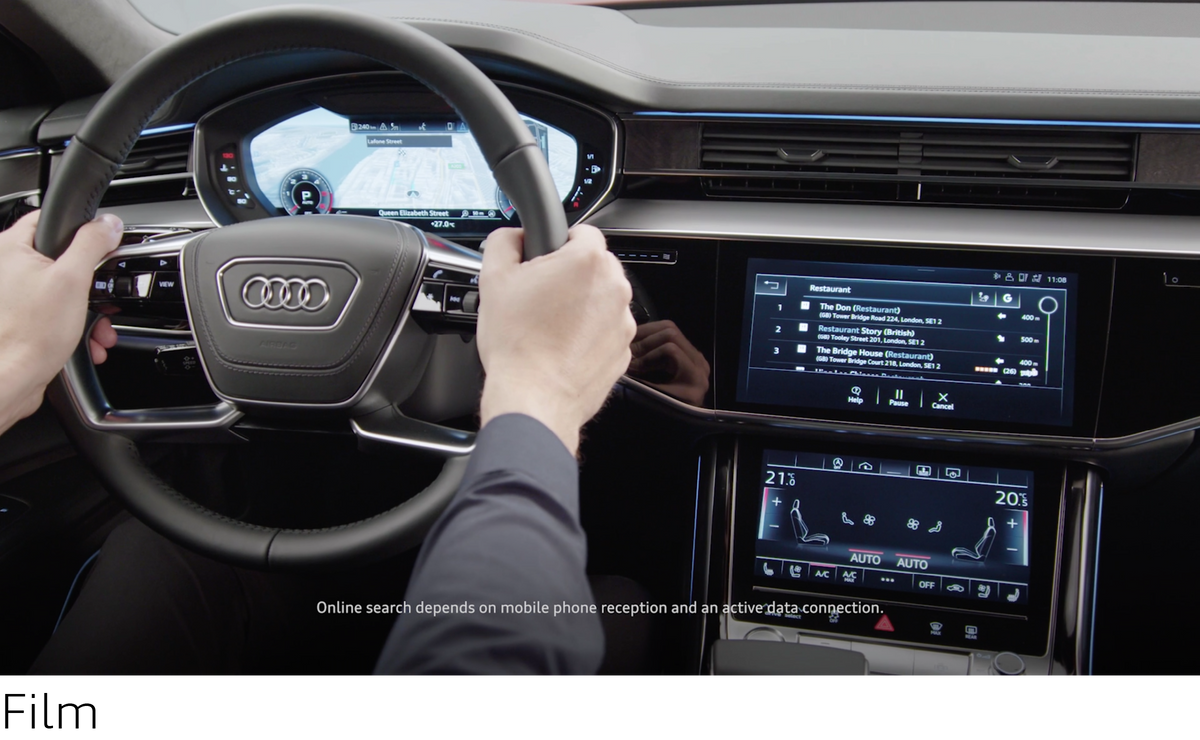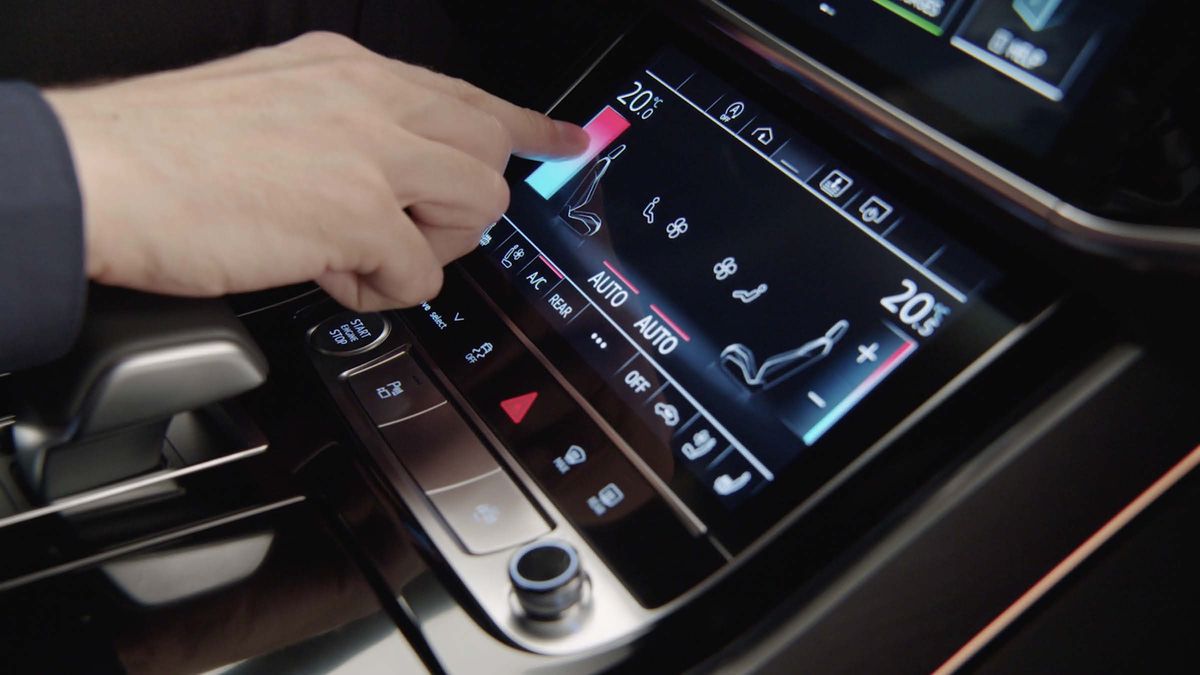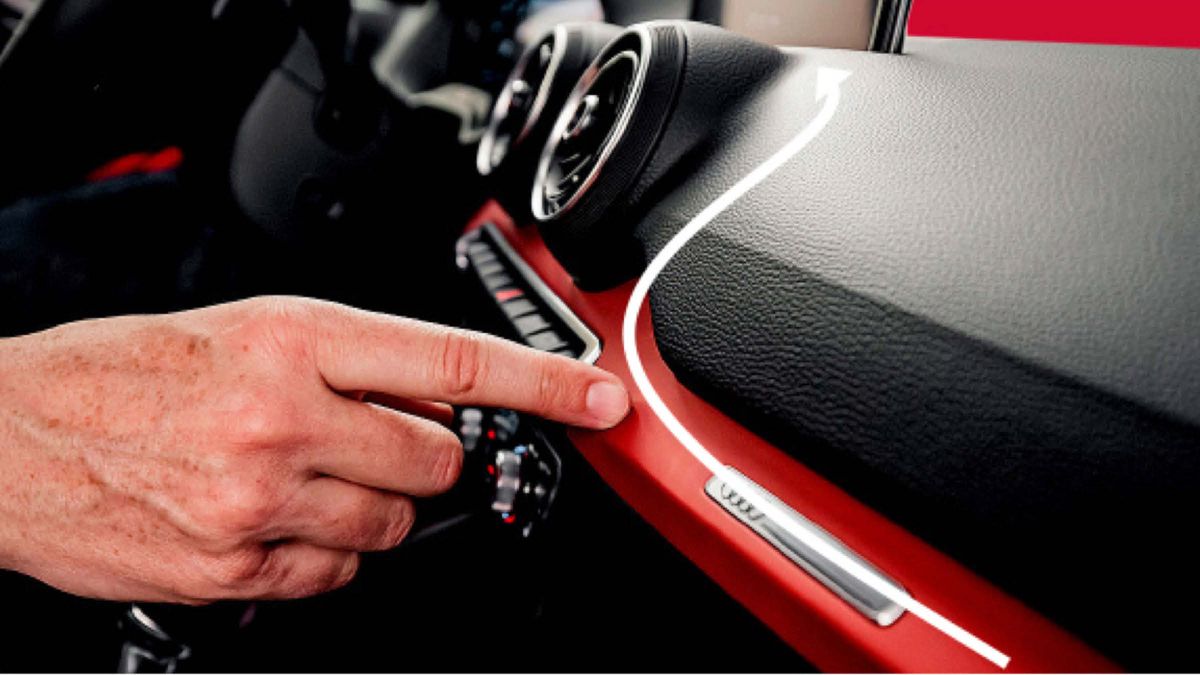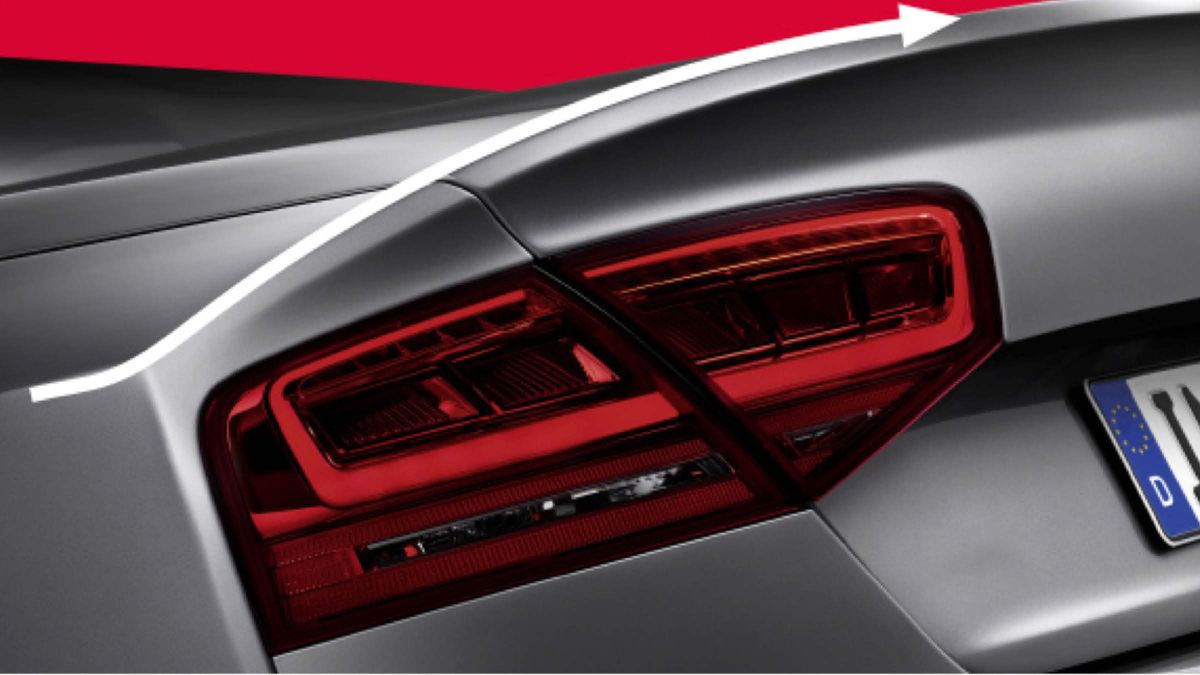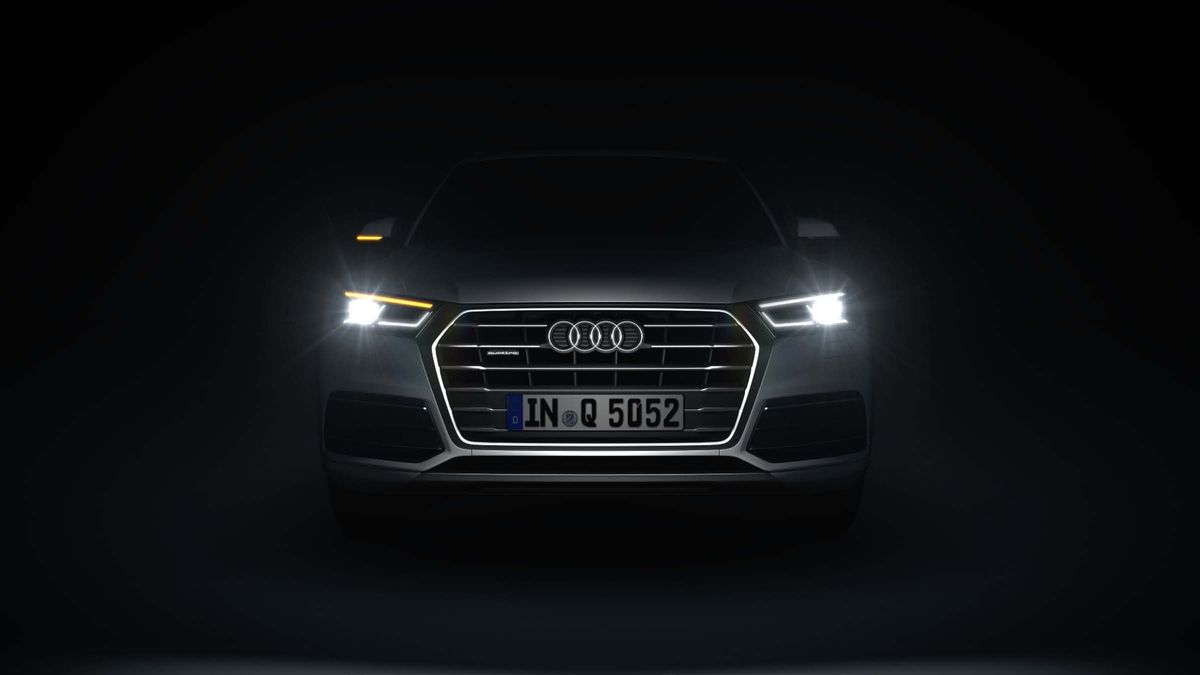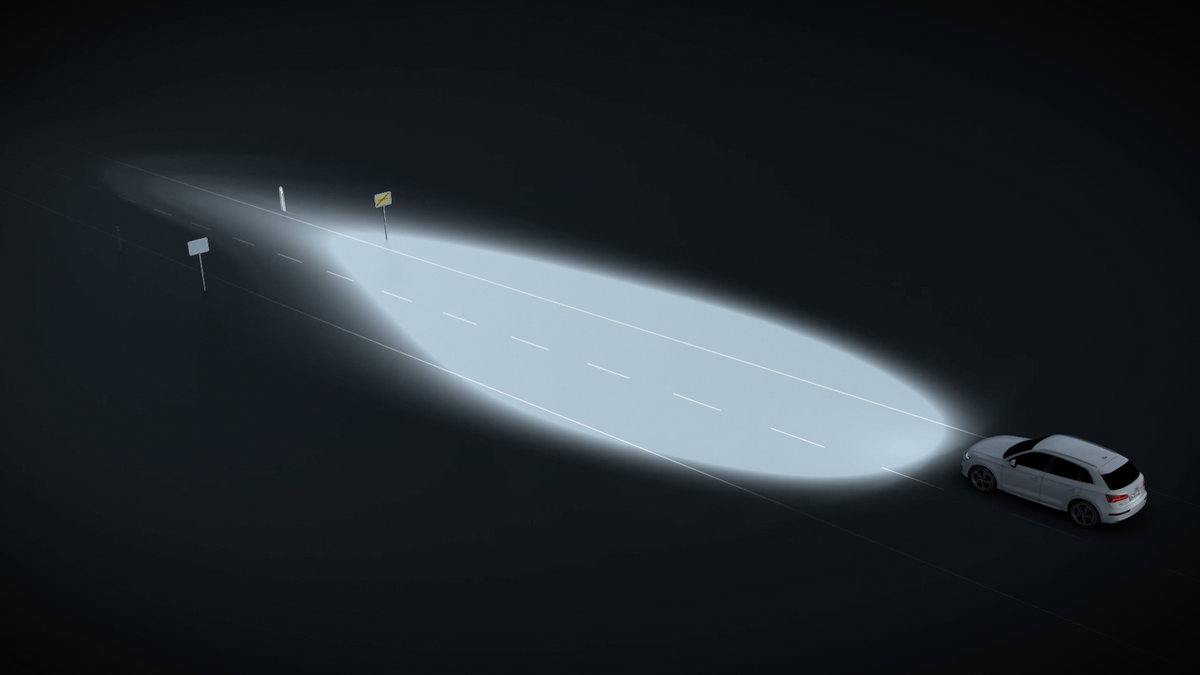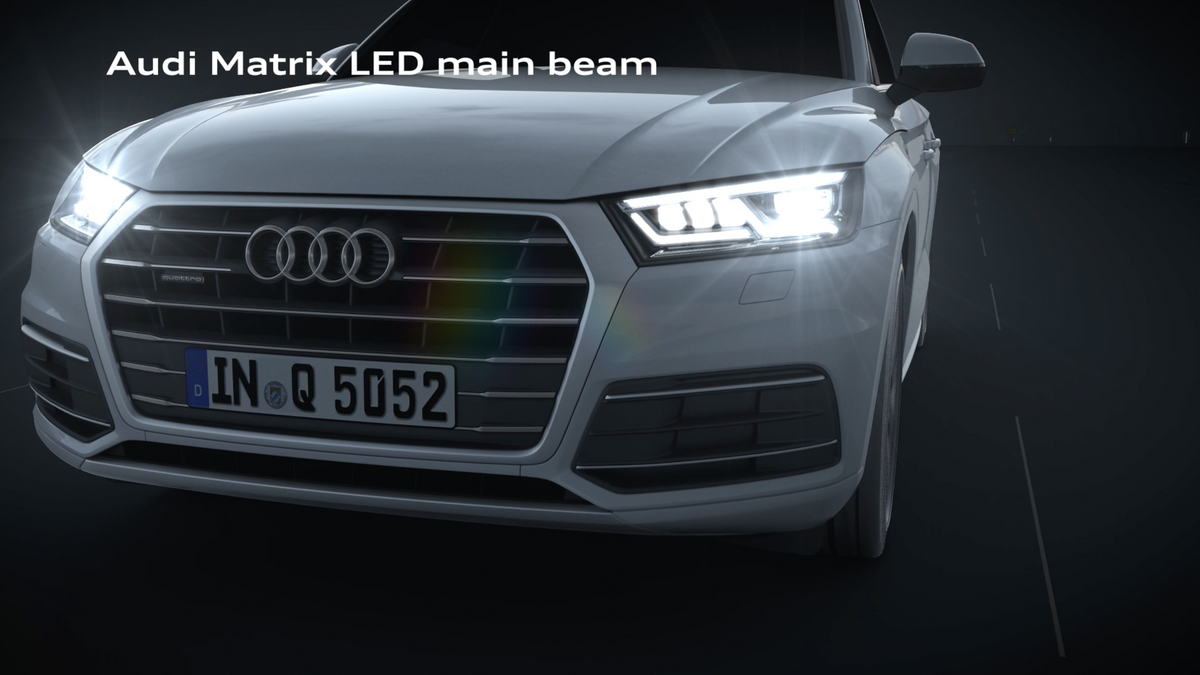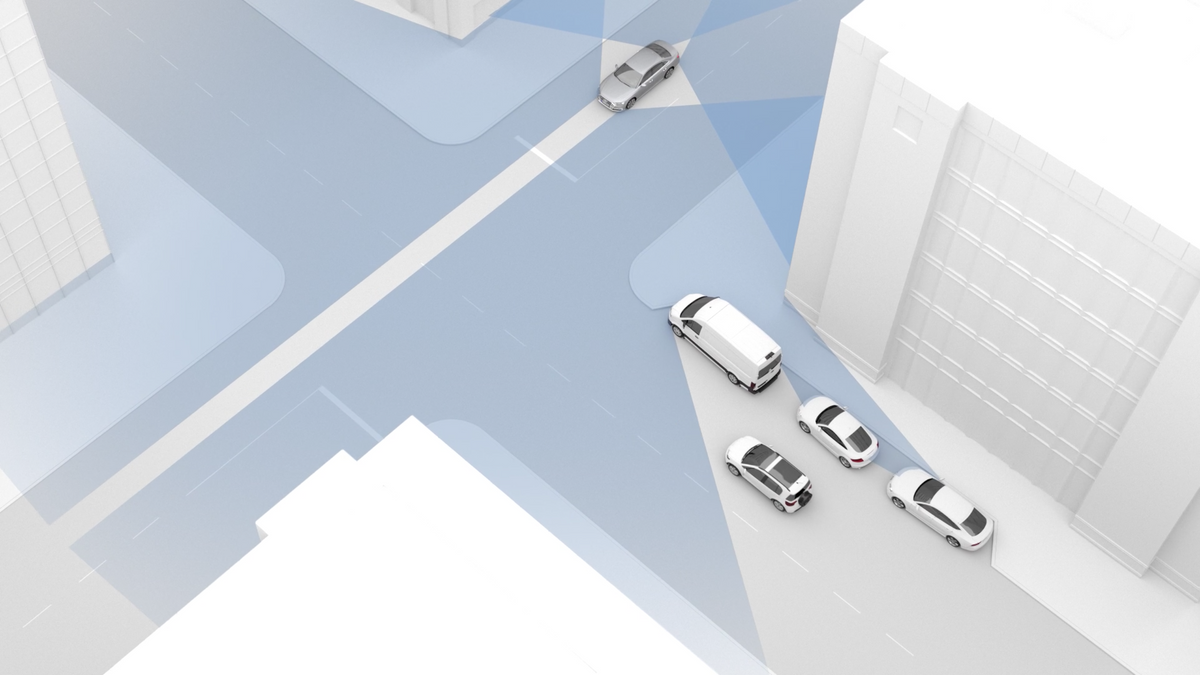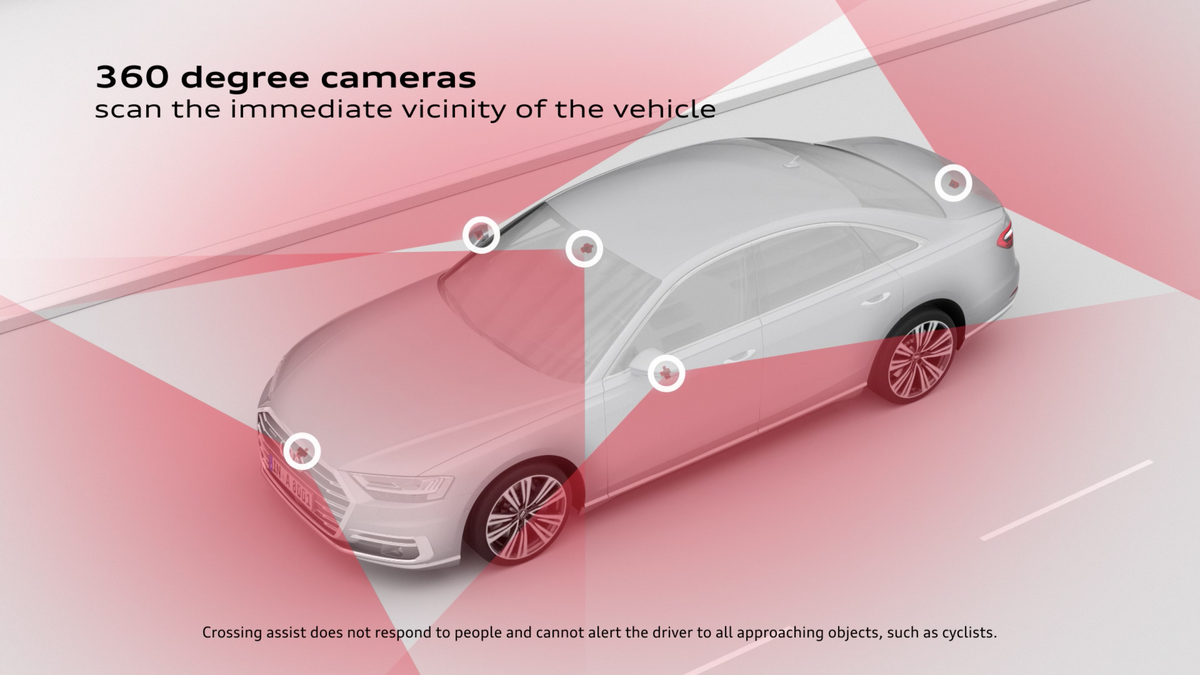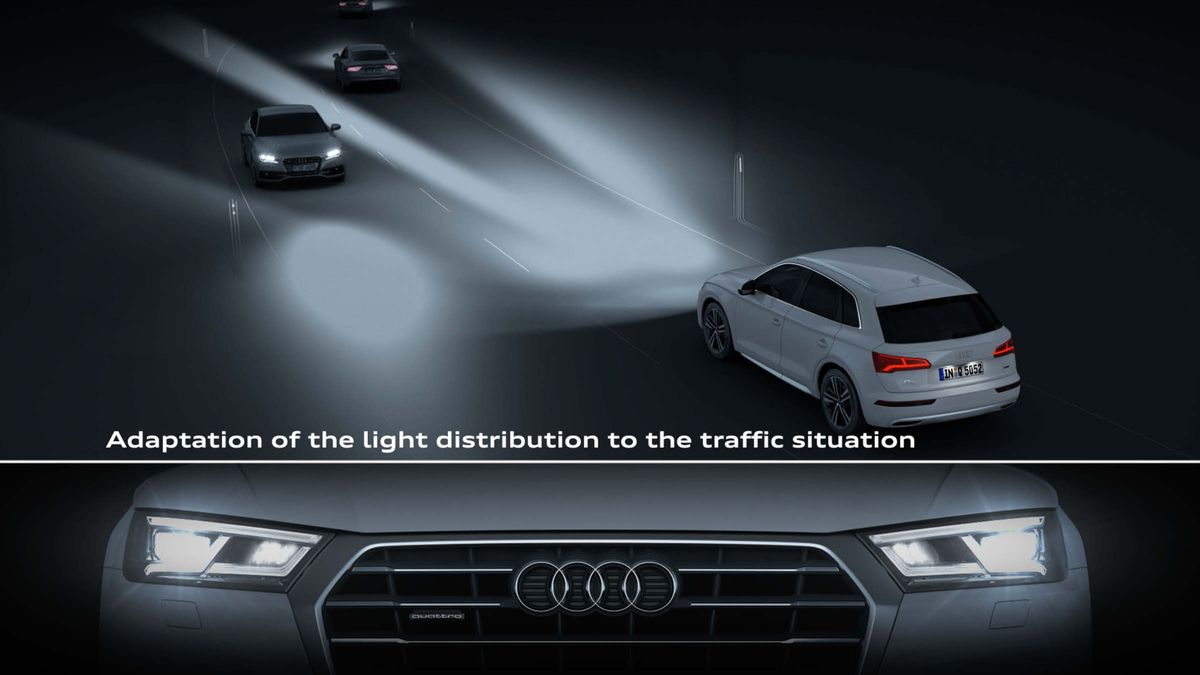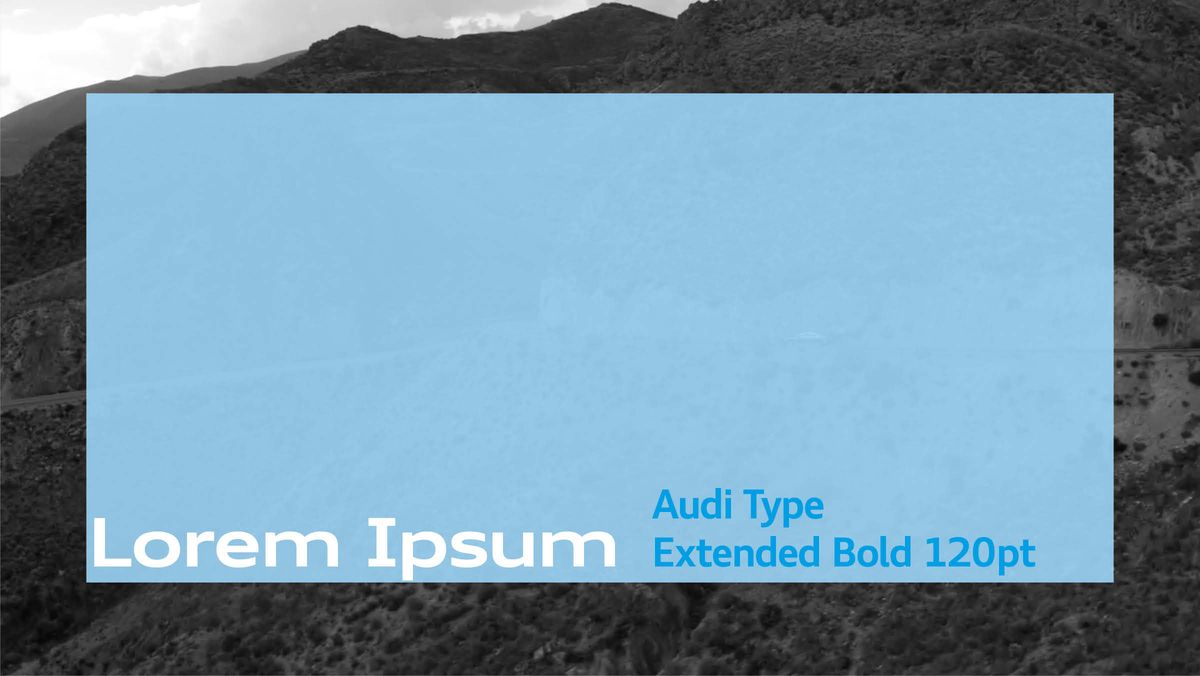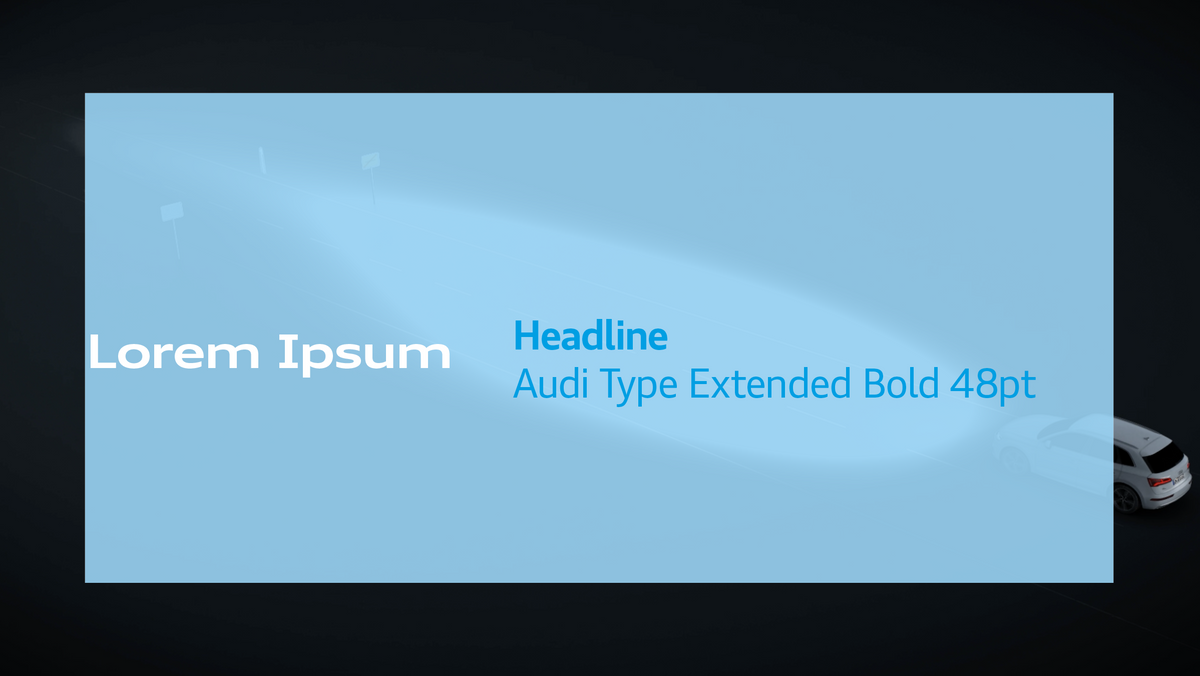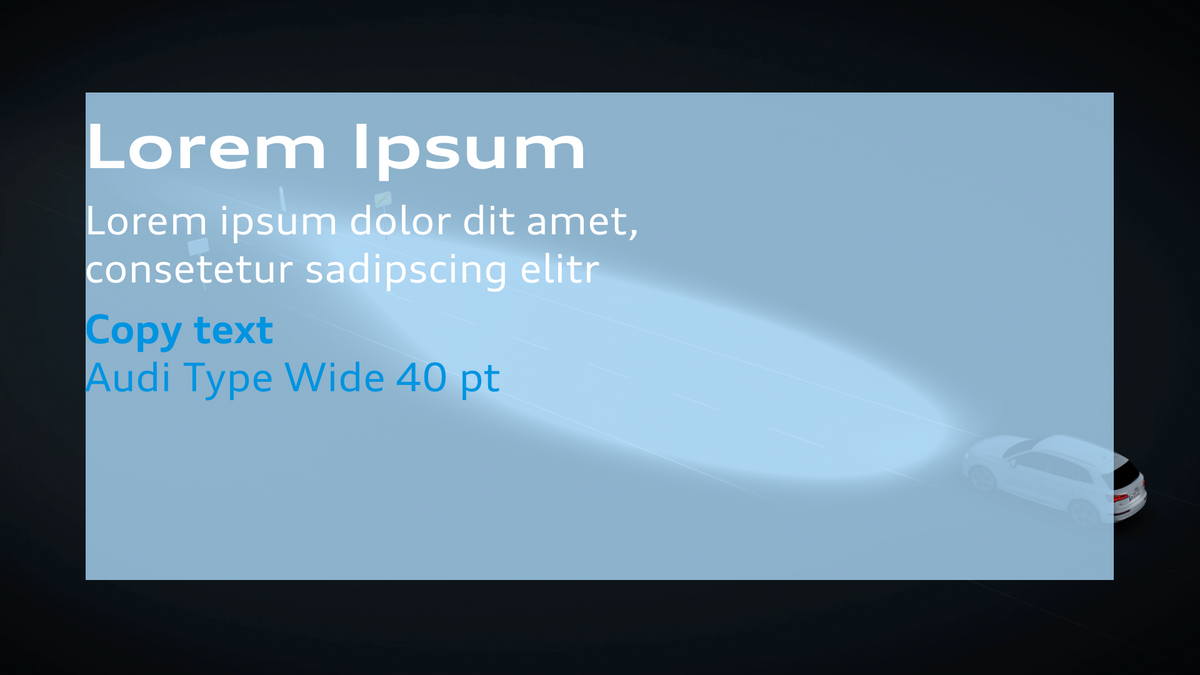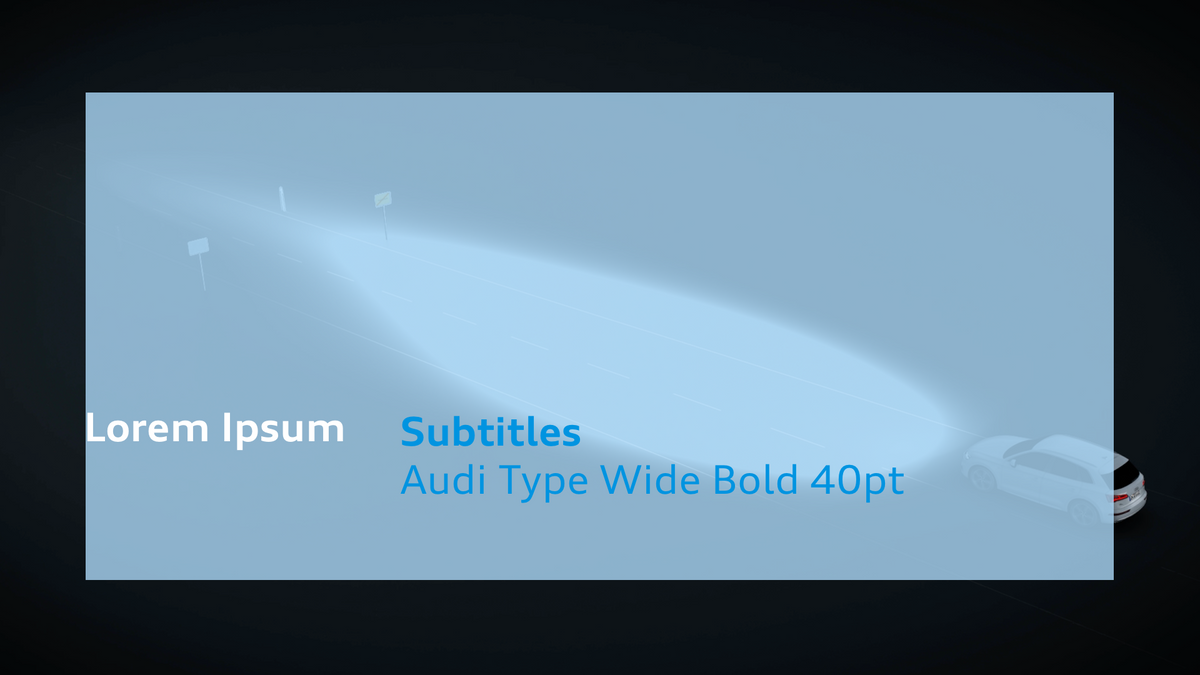
Explanatory Films
Explanatory films present the individual features and innovations of Audi vehicles and in doing so communicate in-depth information. As part of this, it is vital that the feature in question is always the focus of the story.
The content can be presented using real footage, renderings and/or CGI animations. This should always create a harmonious overall impression which also includes music, voice-overs and superimposed text.
Explanatory films always begin and end with an individual intro and outro. Intercuts are used to separate chapters within the films.
The films are characterised by their simplicity and their full focus on the content requiring explanation. No filler scenes or detailed depictions of the surroundings are used. The aim is to achieve a common, recognisable look for all types of explanatory film.
Intro, outro and intercuts
Every film begins with a roughly six-second intro and concludes with an outro. Both can consist of one or two compatible real-world driving scenes shown in black and white. Depending on the content of the film, the intro is either model-specific or cross-model in its nature. Various options are available for presenting this depending on the content of the film. If an explanatory film addresses a range of different but related topics, intercuts serve as chapter separators.
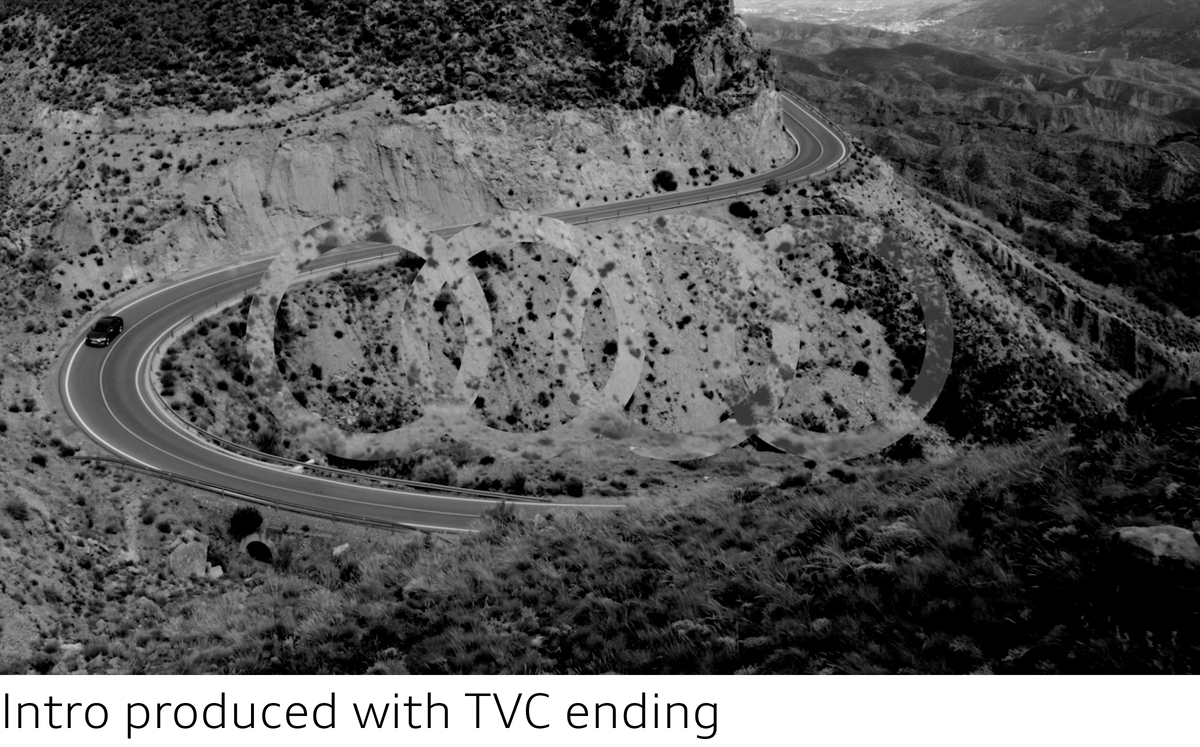
The intro starts with an opener created with the help of the TVC ending software.
See: Motion pictures > TVC ending
Afterwards the title, the model name and/or the name of the advertised equipment is each superimposed without the rings.
If an explanatory film addresses a range of topics, intercuts serve as chapter separators. These consist of colour driving scenes or stills carrying the title of the following chapter.
The explanatory film fades to black and ends without the rings.
The feature in question takes centre stage. Scenes which show a person walking around the vehicle or opening a door to enter the car, for instance, are not used when explaining special equipment.
To simplify handling and production, hand models and stand-ins are recommended that can be shown blurred or filmed over the shoulder.
Tracking shots should generally follow the lines provided by the vehicle’s design.
The typography used is based on the underlying rules and colours of the Audi CI, though several mediaspecific characteristics are integrated.
In the conventional dimensions, measurements apply from the baseline and ascender, see Basics: Typo. Everything is based at least on a full HD resolution of 1920x1080px.

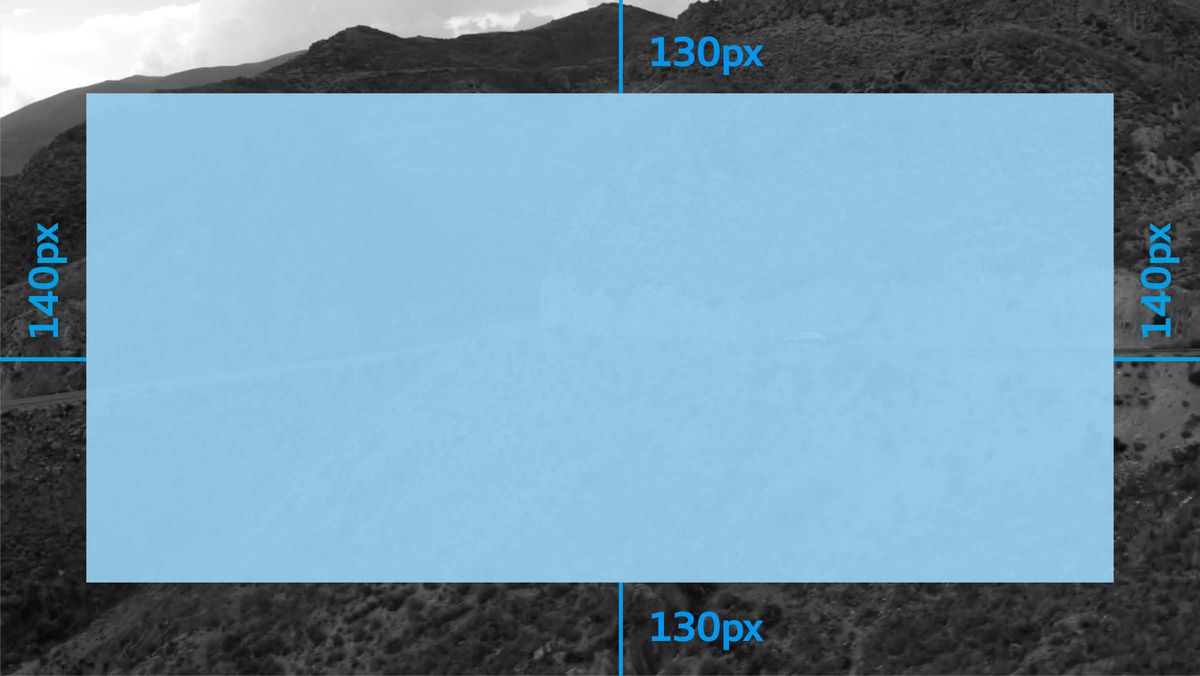
Define the “brand space”. Text content may only be positioned within the brand space.
See: Advertisements > Details: Brand Space
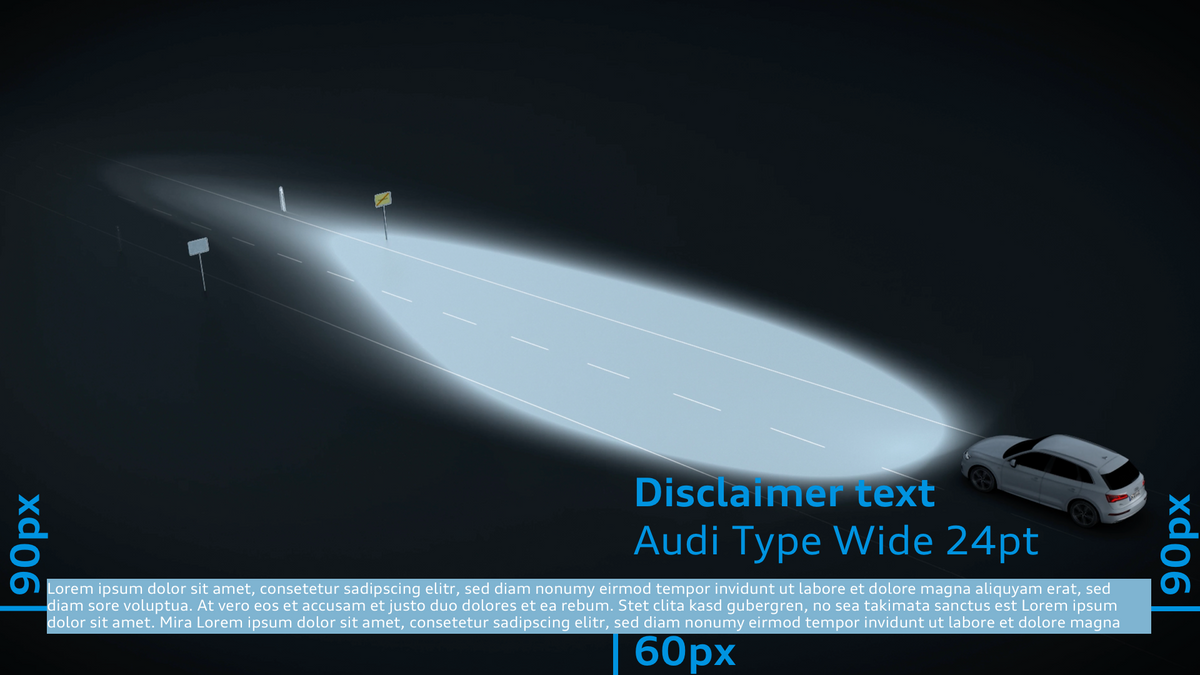
The disclaimer text is positioned below the brand space with 60px distance to the lower edge of the format (for a full HD resolution with 1920x1080px). The text is centrally aligned. The viewer has to have the opportunity to actually take note of the notification shown and to read it in full while it is superimposed without having to hurry in any way.
Market-specific adjustments can be made following the rules set out below only to comply with the legal regulations.
More information on this is provided by CI-Support and under Corporate Sound.
Off voice-overs allow greater coherence to be achieved in the explanatory videos. We therefore recommend the Audi Brand Voices Christian Blecken and Martin Heckmann for the voice-overs of explanatory videos. A voice sample as well as further suggestions for suitable Audi narrators can be found under Corporate Sound in the chapter Audi Brand Voice.
